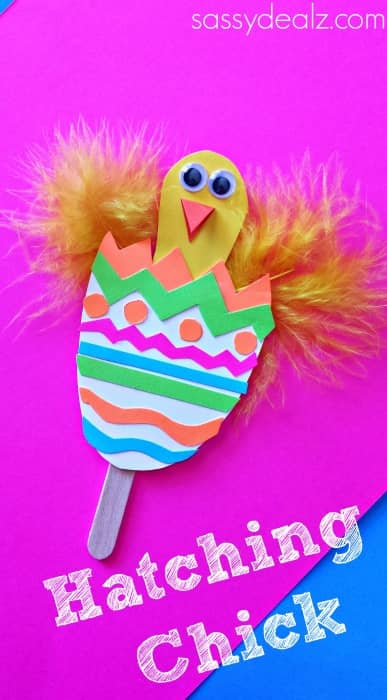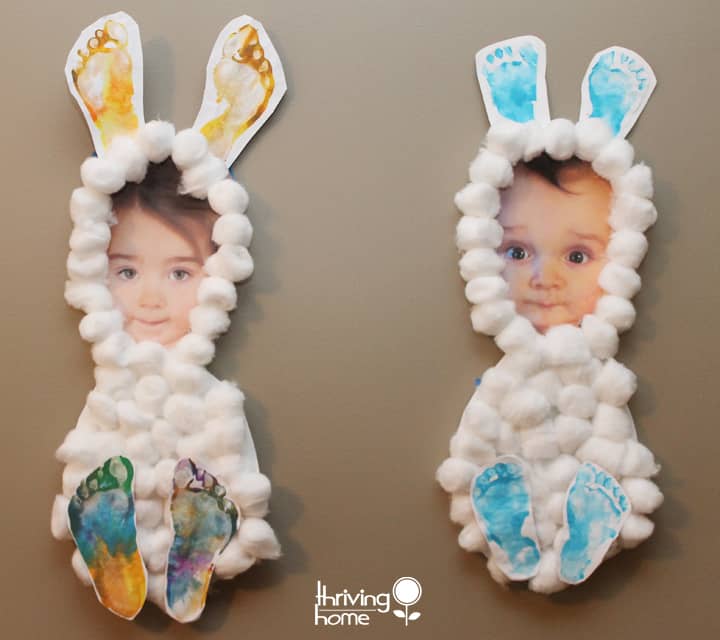The chesterfield sofa is an iconic piece of furniture, a sofa that many designers who use a classic style in a design layout choose to use. But why? What makes it so interesting?
As defined by Fleming, the Chesterfield is a sofa of classic design with the arms and back at the same height. But even with this rather bland definition, made by the very founder of the original company that mass produced them, all you have to do is look at one of these classic sofas to see its beautiful styling and features.

No one disputes that this sofa is a classic icon of design. If it weren’t, this cozy, tailored and comfy sofa would not be trending today. A sofa that fits well anywhere, and have been used for hundreds for their comfort, style, and classic good looks.
Strangely, the origins of this classic décor item still remain obscure – a mystery we will explore for its interesting value.
The History of the Chesterfield Sofa

– 25 Best Chesterfield Sofas That Are Sure to Really Tie Your Room Together | HomeBNC
Some suggest it was Paul Fleming, a fourth generation furniture maker, who started to mass produce this iconic design. Before this, the deep-buttoned, leather cover sofa was being used, but it was customed designed for the Noble homes of Europe.
Some believe that the name only meant a sofa or even a piece of furniture. But it was finally copyrighted for this sofa by the company Fleming Howland. Unfortunately, there is no proof of this. None of the older pieces have any paperwork that describe the real origins of the sofa. Some say it was a sofa originally designed by the Earl of Chesterfield, hence the name.
In the 18th century, deep buttoned furniture was fashionable, although it was more common in pieces that were made of velvet and not of leather. Apparently, the buttons were an accent used to make the piece uncomfortable, as expensive pieces of furniture were made for the wealthy classes. Men of the upper classes often had people come to their place of business or home and wait to see them. The story goes that the buttons were a way of discouraging people from staying too long.
But as we all now love this classic piece, whatever the origins, Chesterfield sofas symbolizes a certain style. It is not just a piece of furniture but a piece of history. It is a classic leather sofa that has brought many a room a distinguished charm and elegance over the years. All of the subsequent designs and models (settees, sofas, rocking chairs, window seats, arm chairs, etc,) that have been fashioned in the last 200 years have been inspired by the one and only Chesterfield.





